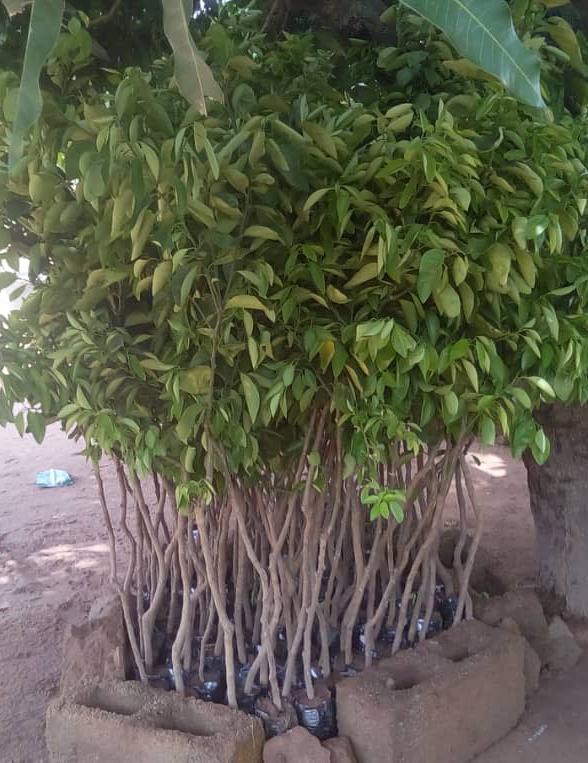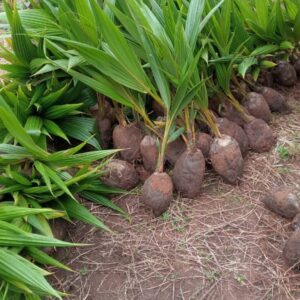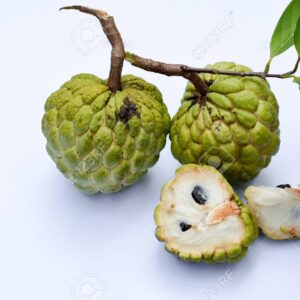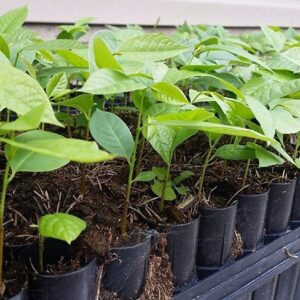We offer sweet orange seedlings which are high-quality products for your orange plantation.
- The orange tree is an evergreen, flowering tree, with an average height of 9 to 10 m (30 to 33 ft.), although some very old specimens can reach 15 m (49 ft.).
- Its oval leaves, alternately arranged, are 4 to 10 cm (1.6 to 3.9 in) long and have crenulate margins.
What you need to know about orange farming
- Acquire your seedlings from reputable farms, preferably at the onset of rains.
- If not acquired at the onset of rains, ensure you adequately provide irrigation to the seedlings.
- Prepare the field and dig planting holes
- During planting, use well-rotted manure with topsoil.
- Generally, trees need a wider spacing at sea level than those transplanted at higher altitudes.
- It is very important to ensure that seedlings are not transplanted too deep.
- After planting, the seedlings ought to be at the same height or preferably, somewhat higher than in the nursery.
- Keep the trees free of weeds.
- Maintain a single stem up to a height of 80-100 cm.
- Remove all side branches/rootstock suckers.
- Pinch or break the top branch at a height of 100 cm to encourage side branching.
Requirements for planting sweet orange seedlings
- Oranges grow over a wide range of soils but light, well-drained (sandy) soils are most ideal.
- For good productivity, oranges require well-distributed rainfall or supplementary irrigation throughout the year. A good source of water is therefore essential in orange farming.
- Water requirements vary according to weather conditions, but the ideal range is between 450mm – 2,700mm per year.
- Oranges can be grown from as low as sea level to 200m above sea level. Areas of low humidity are most ideal.
- Such a climate is important for reduced disease intensity and for acquiring good orange colour.
- A dry hot day, cool at night climate also favours good colour development.
- The optimum temperature for propagation is 25⁰C-35⁰C. Extremely high temperatures may be harmful especially during flowering or if cool temperatures are followed by a hot period.
- Winds of high speeds will scar fruits and cause fruit drop. Where winds are a problem, windbreak shelters should be planted.





Reviews
There are no reviews yet.